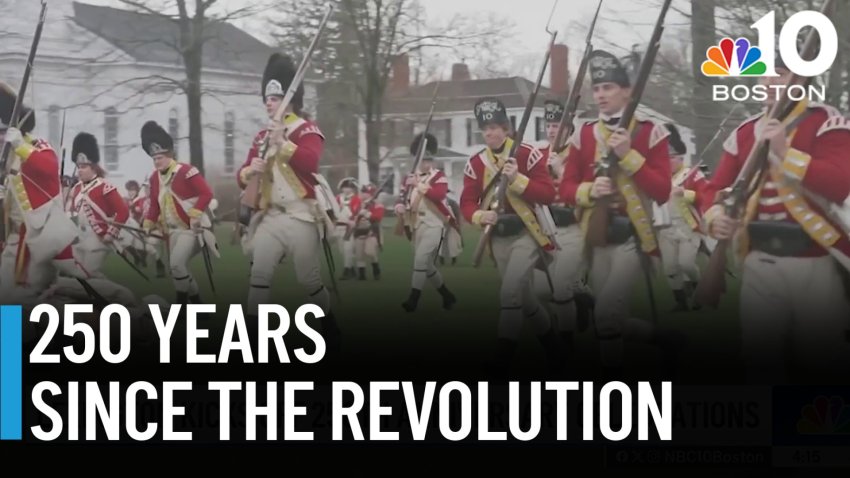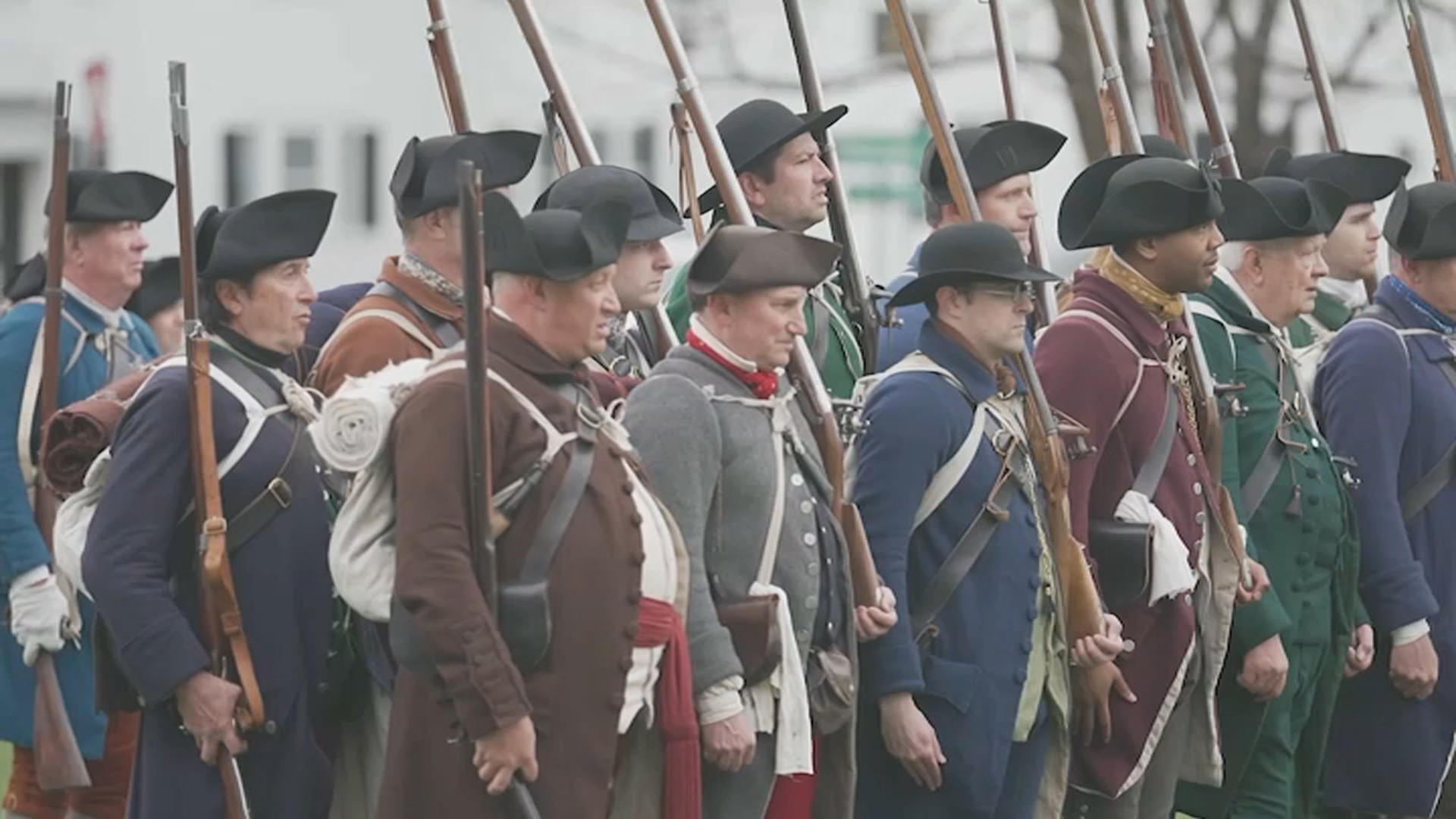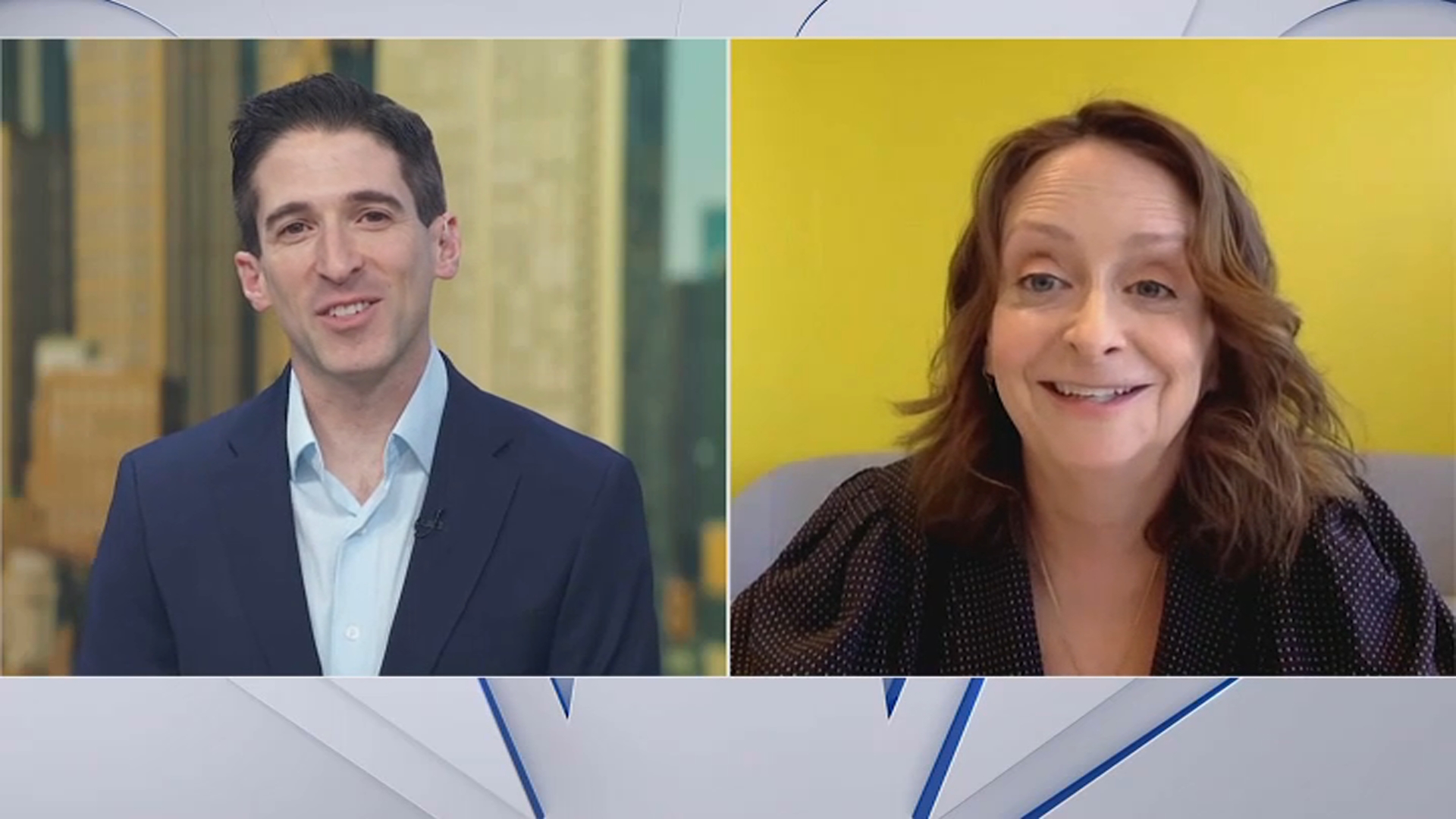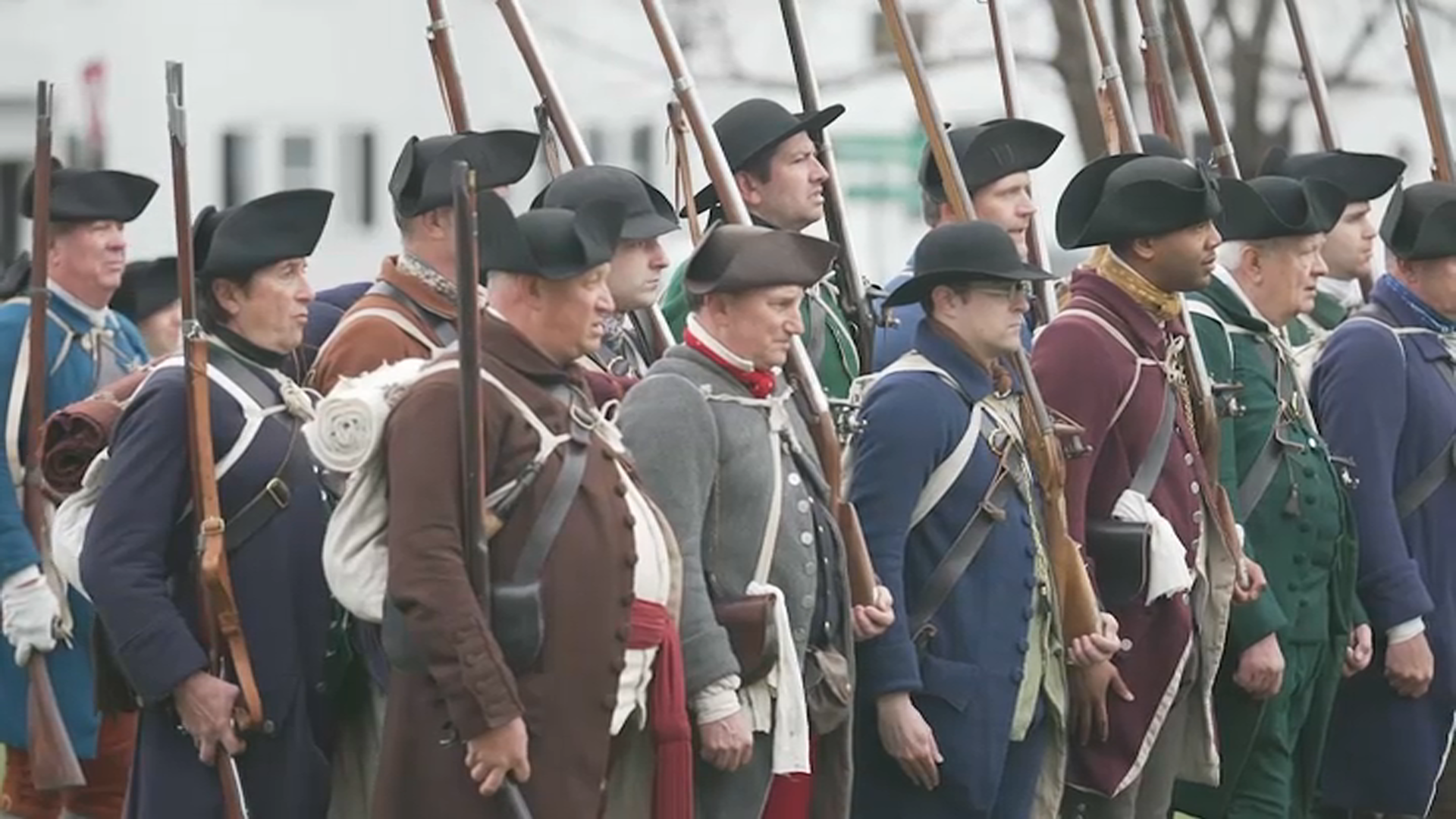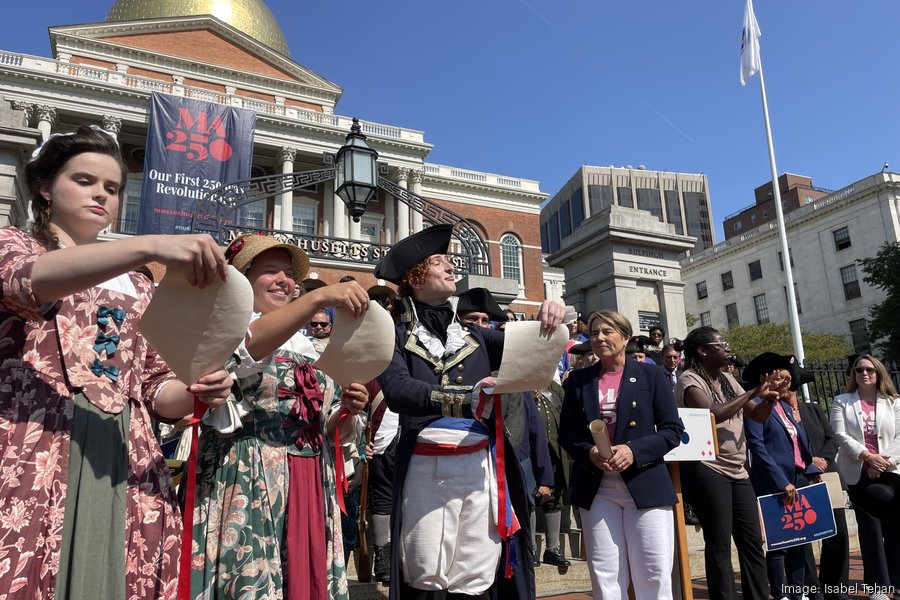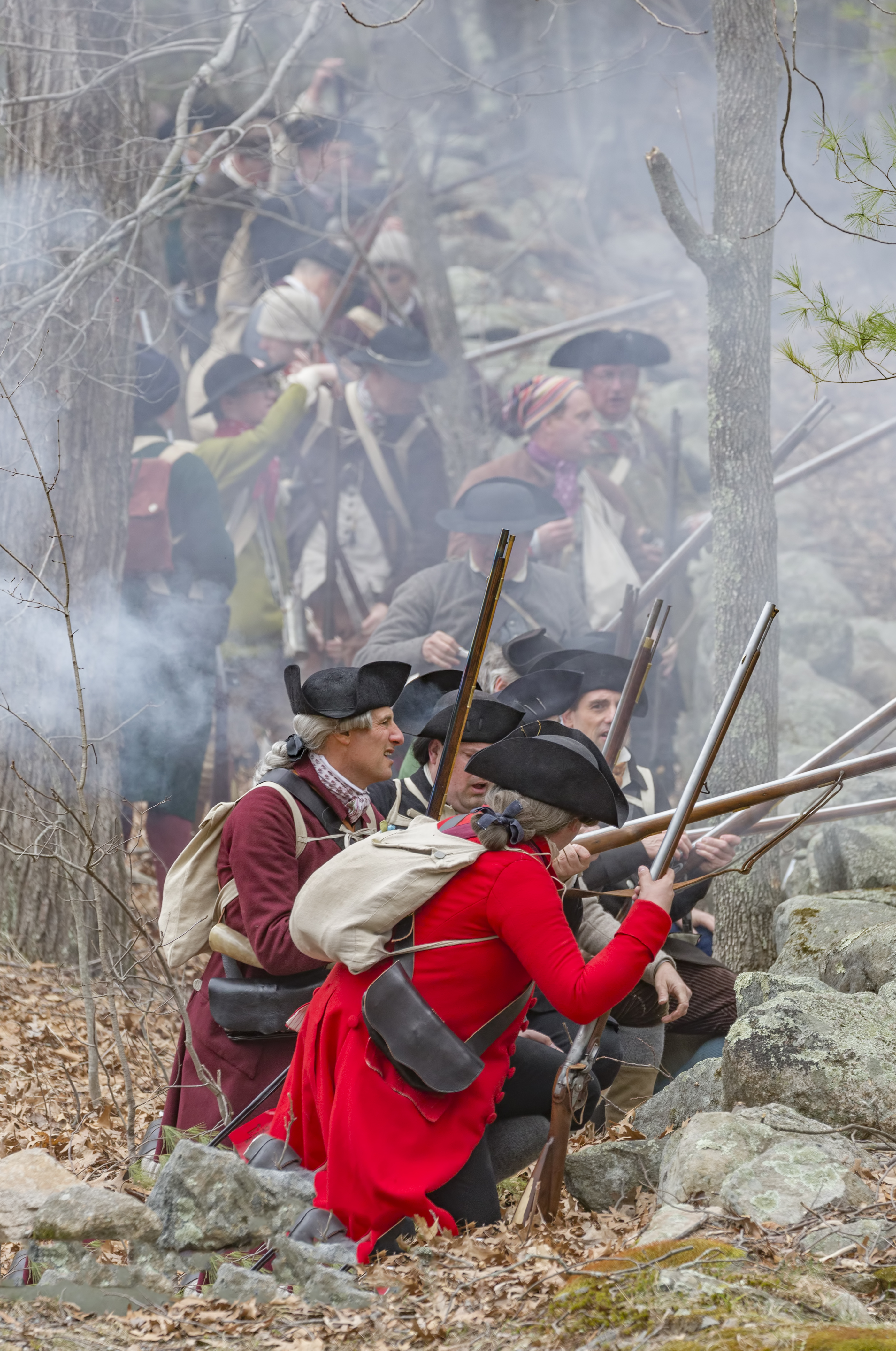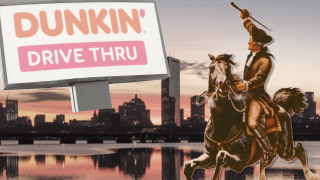
On the evening of April 18, 1775, Paul Revere disembarked on his famous ride to Lexington to warn the colonial forces of the British's imminent arrival.
Two hundred and fifty years later, the route of his journey throughout Massachusetts looks completely different — passing by interstates and high-rises and several Dunkin' locations, giving a midnight rider plenty of chances to get a cup of coffee.
Stream NBC10 Boston news for free, 24/7, wherever you are.
In celebration of the anniversary, the Boston National Historical Park and Lexington History Museums are planning reenactments of Revere's departure from Charlestown and arrival in Lexington on Friday evening. But what would the rest of his ride look like today?
Drawing from Revere's own recollection of his route in a letter penned in 1798 and directions created by the Paul Revere House, NBC10 recreated a map tracing the historic midnight ride.
Get updates on what's happening in Boston to your inbox with our News Headlines newsletter.
Revere rode through the night on horseback. But a modern rider would, of course, have to contend with highway infrastructure and “no horses” road signs, according to Lauren Hudnall, the operations director of BINA Farm Center, a horseback riding center in Lexington.
“It would be more difficult in this day and age to be galloping a horse down a paved road as it would put a lot of physical strain on their limbs and on their feet,” added Francesca “Chessy” Stufano, BINA’s executive director.
The 14 miles are instead best traversed now via car, totaling a nearly hour-long trip.
Paul Revere's route from Boston to Lexington
The route begins at the approximate site of Joseph Warren's house, where Revere was summoned around 10 p.m. and given the instructions to inform Patriot leaders John Hancock and Samuel Adams about the movement of the British troops.
On Tuesday evening, the 18th, it was observed that a number of soldiers were marching towards the bottom of the Common. About 10 o'clock, Dr. Warren [Joseph Warren, one of the few Patriot leaders who had remained in Boston] sent in great haste for me and begged that I would immediately set off for Lexington, where Messrs. Hancock and Adams were, and acquaint them of the movement, and that it was thought they were the objects.
Revere's account of his ride in a letter to Jeremy Belknap, 1798 via Library of Congress
Today, Joseph Warren's house no longer stands. In its place sits Boston City Hall.
From there, Revere headed to his house nearby, in what is now the North End, picking up his boots and coat, before being rowed across the Charles River by his friends. In Charlestown, he obtained a horse and set off on his ride.
“What I'm most in awe of is that Paul Revere was such a rider that he wasn't even riding his own horse,” said Hudnall. “You have to be prepared to ride any kind of horse. And that's a good sign of a strong equestrian.”
Following along in a car, the sign of strong drivers would entail navigating across roundabouts, highways and one-way streets — slightly less perilous than in 1775, on unpaved roads and with the possibility of enemy soldiers lurking in the darkness.
More on the Revolutionary War's 250th anniversary celebrations in Mass.
After Charlestown, modern midnight riders continue through Somerville, passing Tufts University, before crossing Mystic River into Medford, just south of the same forests of Middlesex Fells that Revere would have also traveled by.
The route curves back over the river and into Arlington, continuing northwest into Lexington, at the still-standing Hancock-Clarke house, where Revere passed along the warning to John Hancock and Samuel Adams.
What Paul Revere would find on his ride in 2025
While Revere had the benefit of avoiding traffic on his journey, the route today offers something that may have aided Revere of his long nighttime trek: Dunkin', and a lot of it. And Revere might have been glad to see it.
After the Boston Tea Party in 1773, many residents had embraced coffee as a more patriotic choice. If Revere had first stopped for a pick-me-up 250 years ago, he might have headed to the Green Dragon Tavern and Coffee House, located on what became Union Street. The tavern was a central meeting site in the city and described by some in the 18th century as the “headquarters of the Revolution.”

A new Green Dragon Tavern now serves an "Irish Iced Coffee" among other drinks near the original site of Joseph Warren's house.
But, the real taste of the same American — and Boston — pride that the revolutionaries may have felt in their rejection of tea can be found in the seven Dunkin' stores that dot Revere's route today:
Speaking of historic pride, the journey now also boasts several sites dedicated to Paul Revere.
Beginning at his house and the iconic statute of Revere on horseback outside the Old North Church in the North End, travelers will also pass by a playground, park, restaurant and road named in the patriot's honor before reaching Lexington.
While Revere raised the alarm about the arrival of the British on his way to the Hancock-Clarke House, there are more alarms today, in the form of nine fire stations along the route.
By far one of the most frequent sights along the road today is churches. Revere's mission was guided by the lanterns hung in the Old North Church, and drivers can find enlightenment in one of the 16 other churches on the route in 2025.
This includes another Episcopal church, Grace Episcopal Church in Medford. The Old North Church is the oldest Episcopal or Anglican church in Boston, espousing a faith rooted in the Church of England despite its revolutionary history.
And, although the city was established by the Puritans, who aimed to remove Catholic influence from the Church of England, Catholic churches are the most prevalent denomination that appears on the route, totaling seven churches or parishes.
The others include Methodist, Evangelical, Unitarian Universalist, Baptist, Greek Orthodox and Community of Christ.
For Hudnall, whose work at BINA Farm is located not too far away from Revere’s route, the historic journey still resonates with her to this day.
“Physically, for a horse to ride that today, I have no doubt that would be really impactful – reenactment or not — just being able to remember that, hey, roads weren't always here. These houses weren't always here. Arlington wasn't always named Arlington,” she explained.
“What impacts me the most is seeing all of these different roads that I literally drive every day and just in my daily life, and remembering what happened those centuries ago,” she said.
View the full map below:
